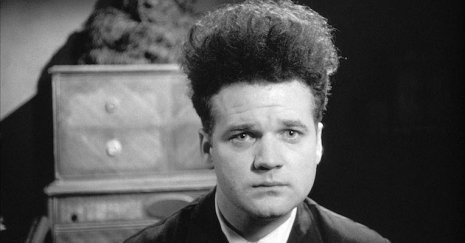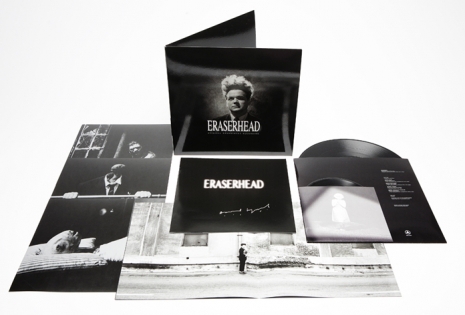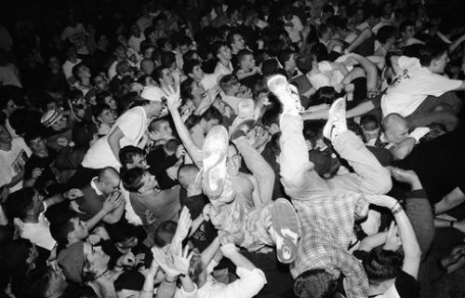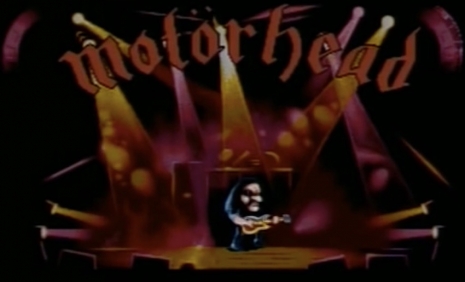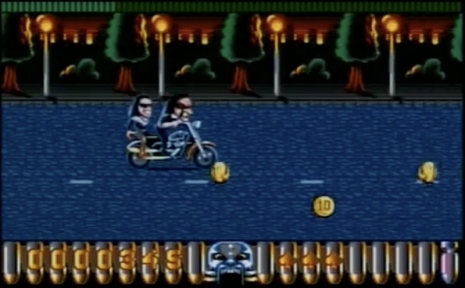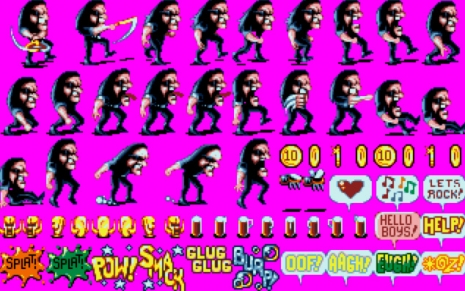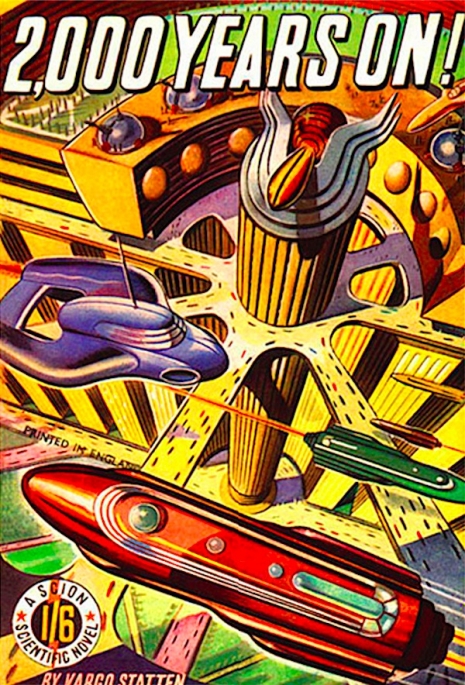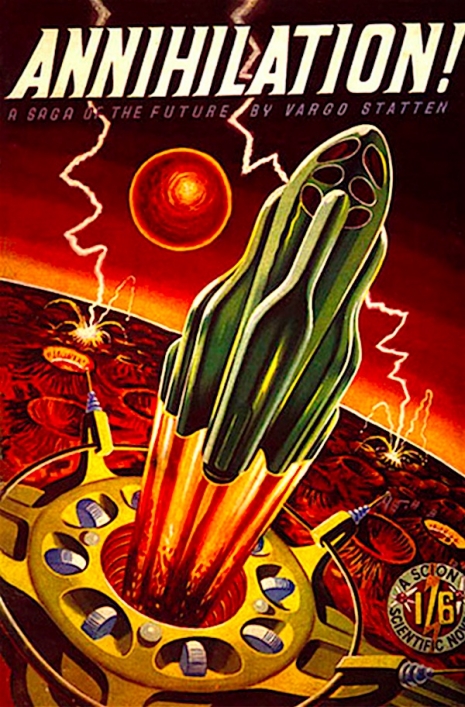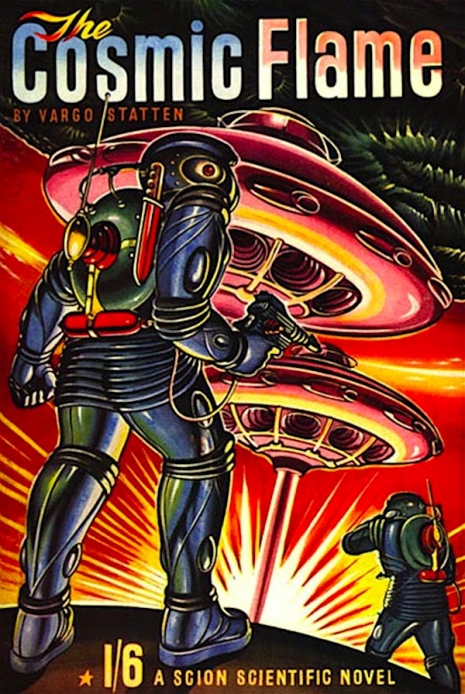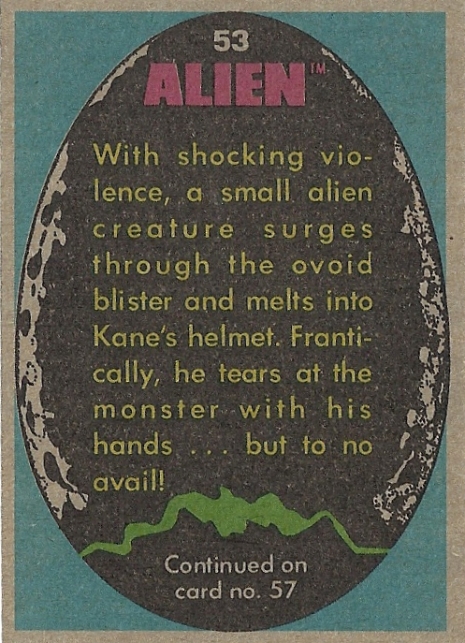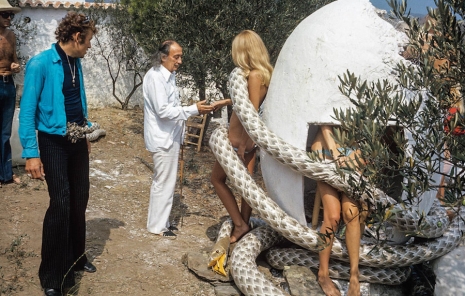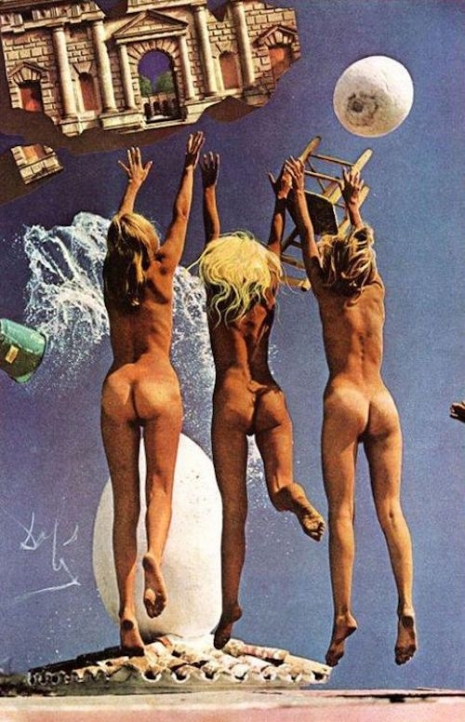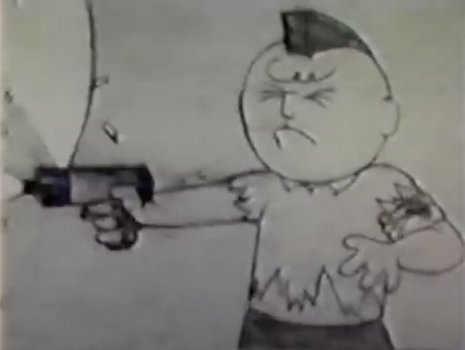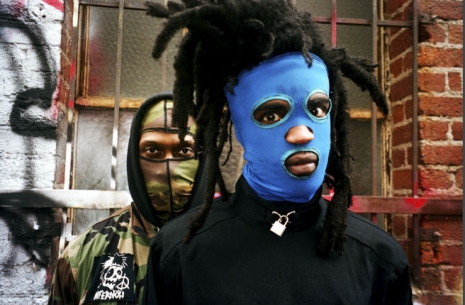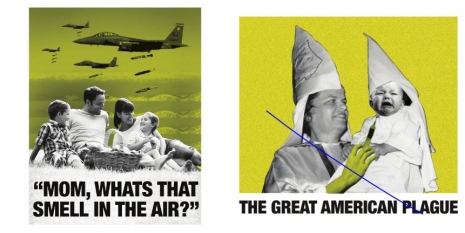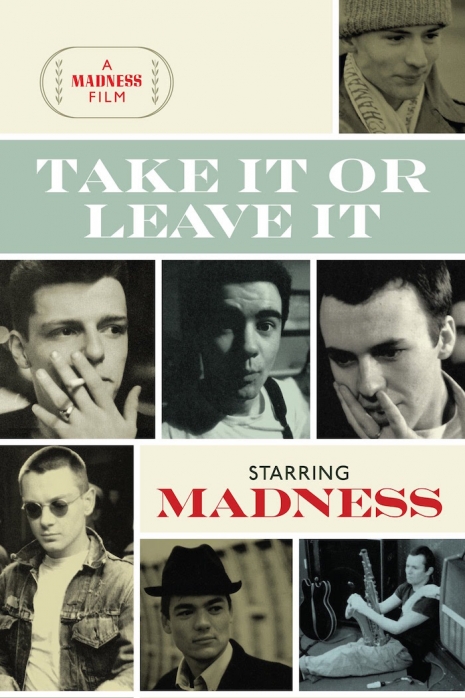
In 1981, Madness the greatest septet since The Magnificent Seven—no, not that crappy remake, the original with Yul Bryner—starred in their very own feature film Take It or Leave It.
Now, Take It or Leave It is not the catchiest of titles I know, but one, I suppose, that reflects the band’s attitude to whether you like their music or not….or even if you like this movie. Or not.
Thankfully—nearly everyone in the whole wide world loves them some Madness so this film could have been called Pig Fuckers from Hell and millions would still have queued to catch a glimpse of their heroes. Mind you, I suppose that’s not really saying much as millions would probably queue to go and see a film called Pig Fuckers from Hell even if Madness had nothing to do with it, or at least watch it on their laptops—I know I would.
And don’t go by that Nouvelle Vague-looking poster above, the original poster was the Nutty Boys draped with reels of shiny celluloid and surrounded by cans of film all against a dazzling red background—which probably gives a better flavor of what this film is all about.
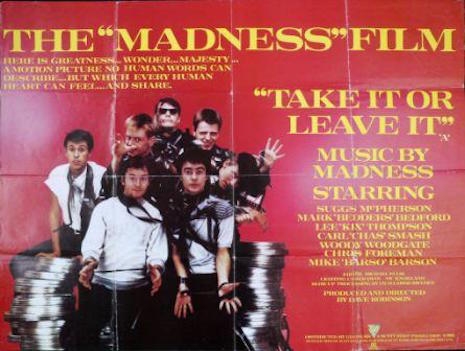
The original movie poster.
Anyway.
What is this thing all about?
Well. If you’ve ever wondered what’s it like to be in a band or ever considered the strange quirks of fate and character that bring together a group of disparate talents to form a band in the first place, then this film will answer your questions.
Take It or Leave It is a very likable comic docudrama that tells the story of seven individuals who manage to come together through trial, error, hard work and ambition to form a band called Madness. Rather than have some young look-alikes play the band members, Madness step up to the mark and play themselves from earliest beginnings in 1976 to all-out success in 1981.
It looks almost like a documentary and includes some exceptional footage of the boys playing gigs in local pubs and clubs with quite a few tracks that haven’t been or were not released until very recently. The story as such is a series of episodic scenes telling the story of Chris Foreman, Lee Thompson, Mike Barson, Suggs, Dan “Woody” Woodgate, Mark Bedford, and Chas Smash—the fine bunch of wayward characters who together make up Madness. There was a script of sorts but there was also a fair bit of ad-libbing. Some of these scenes were true and some were not—like Chris didn’t work at the post office but it kinda felt right and is a funny scene. The acting gets better as the movie goes on and by the end, I was thinking, their acting is so much better now than at the beginning that this is where maybe they should have reshot the first part of the film.
But wait.
The acting’s not the important thing here. What is important about Take It or Leave It is that it’s probably the best music film ever made about being in a band. It’s like a cinéma vérité counterpoint to that seventies rock classic Flame which starred Slade. Both of these movies presented a side to the music business too often excised at the script stage or removed by producers during the edit. Add into this fine mix an album’s worth a classic Madness tracks, then the whole thing is a bit of a joy to watch.
Watch Madness in ‘Take It or Leave It,’ after the jump…
